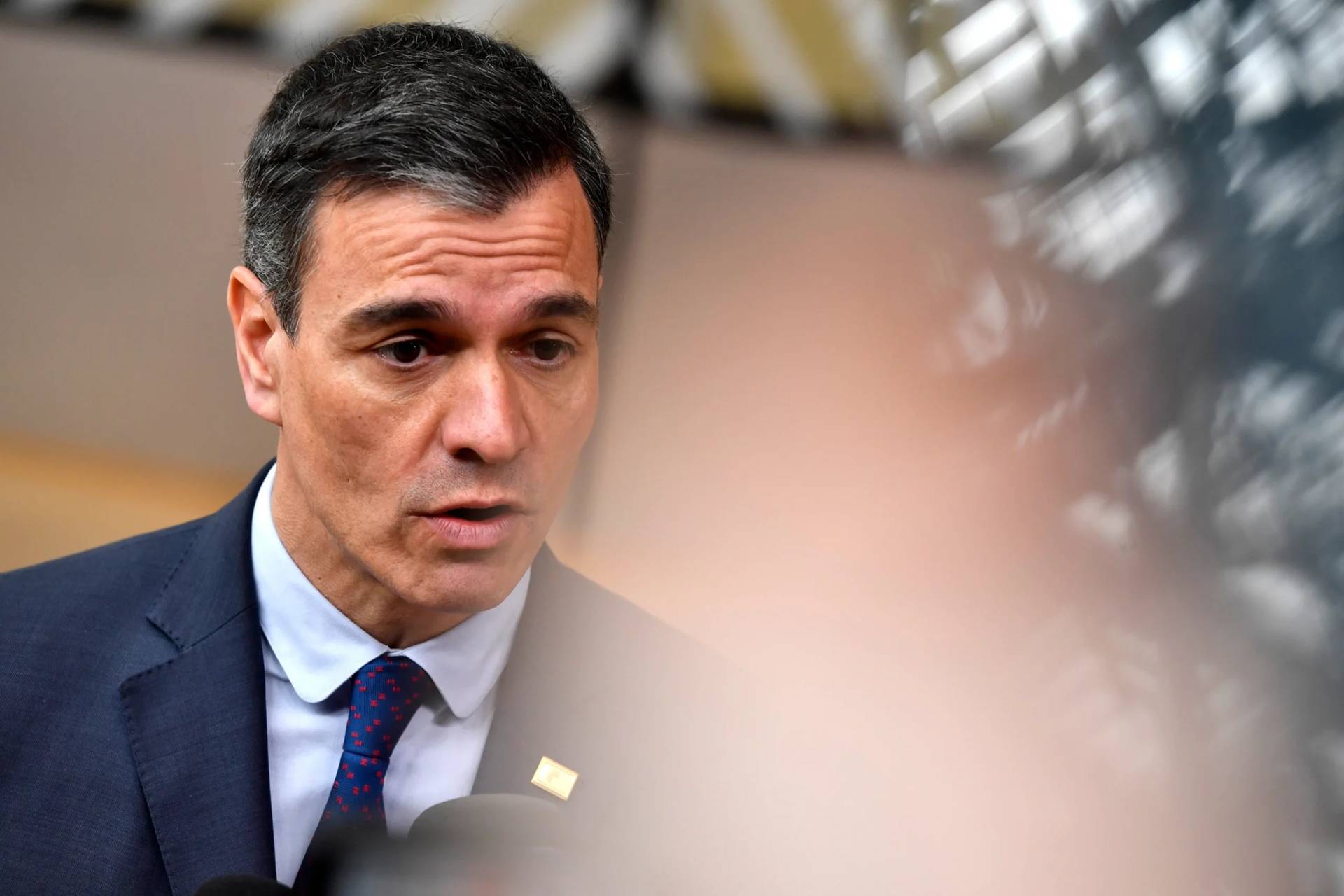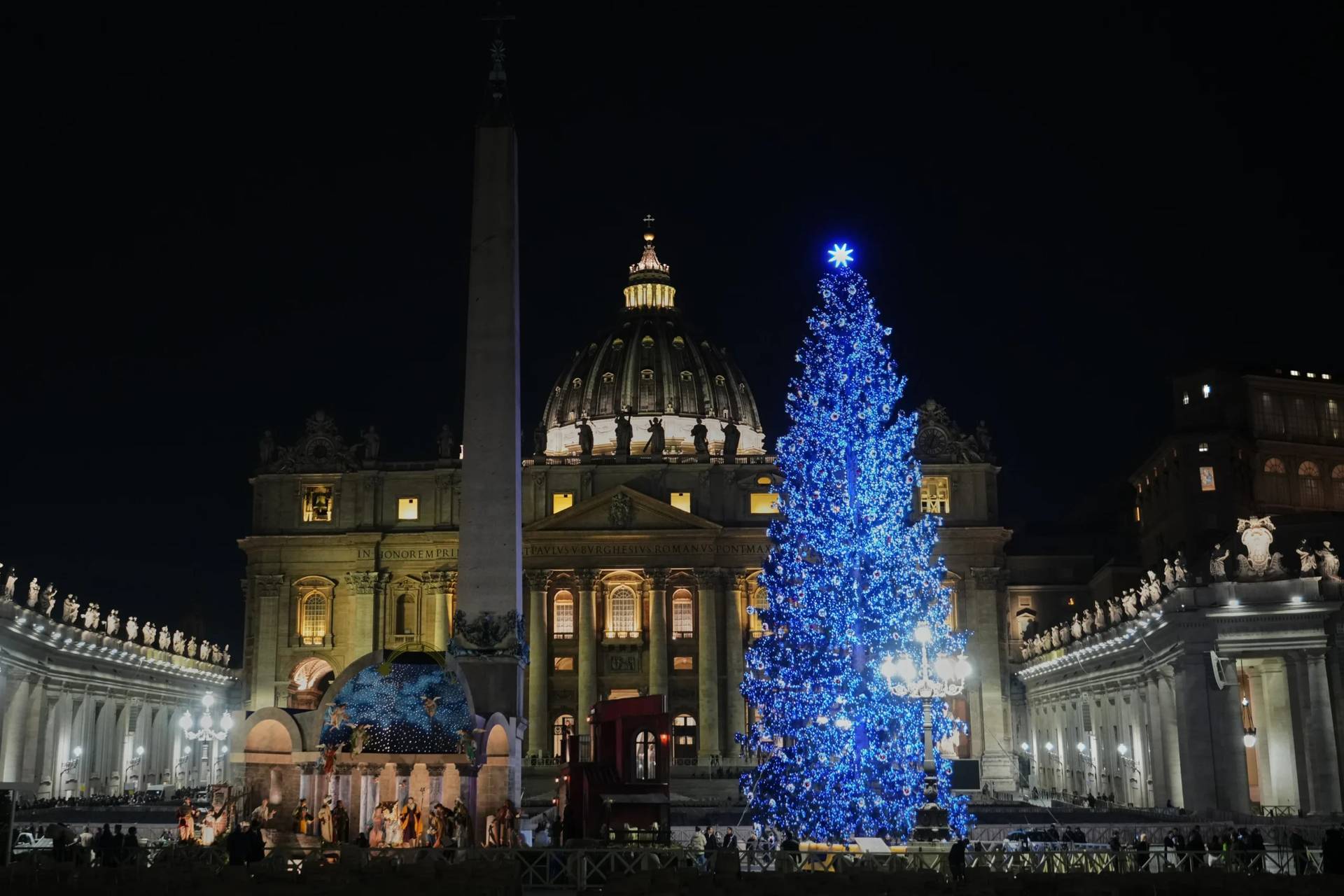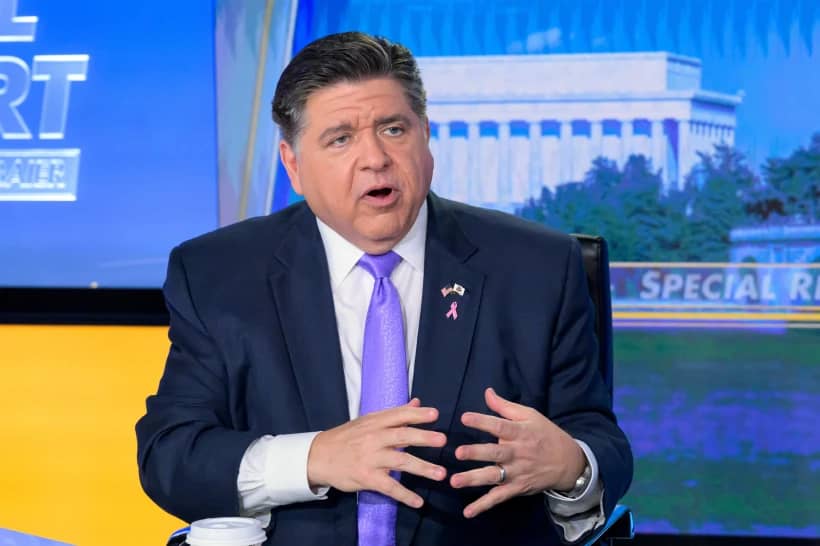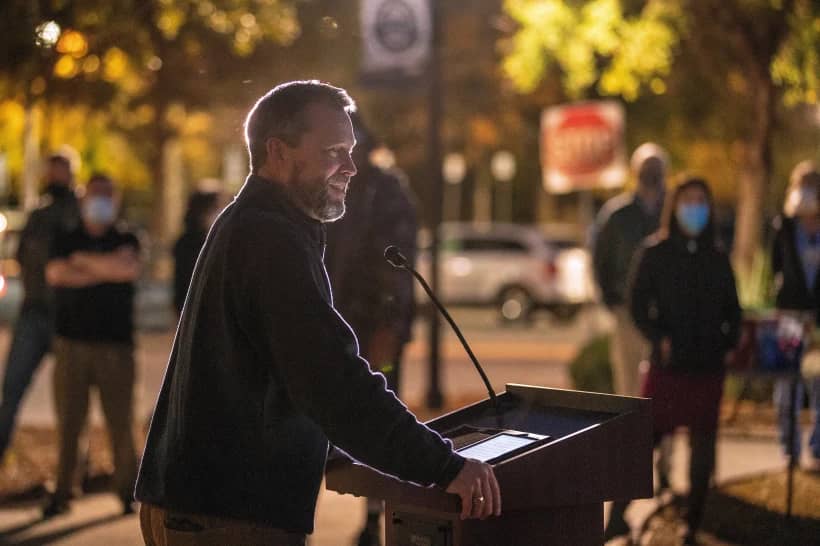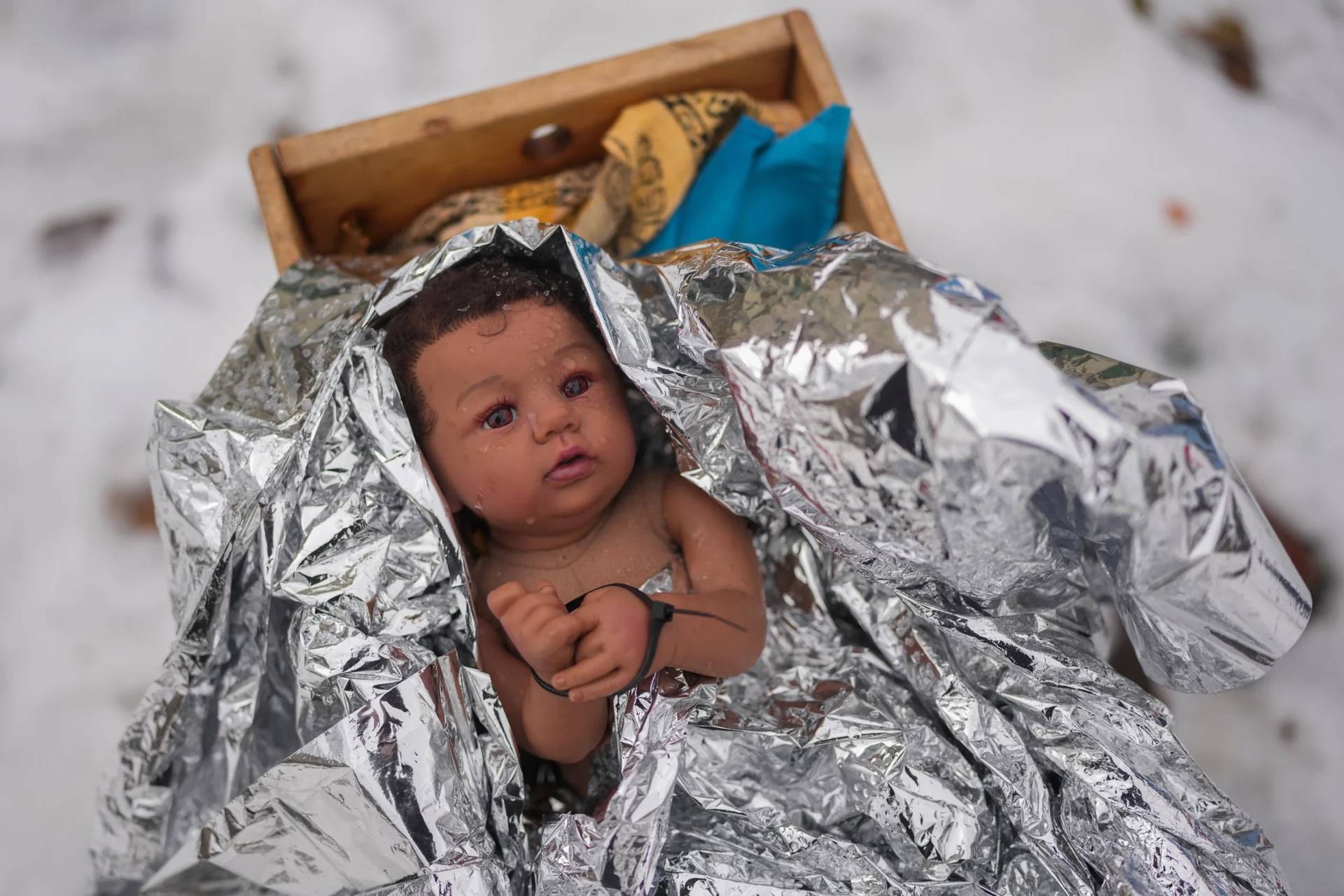[Editor’s note: For the entire world, including the Catholic Church, 2016 was a tumultuous and in some ways stunning year. From the Catholic take on Brexit in the U.K. to Trump v. Clinton in the U.S., from Pope’s Francis’s six overseas trips to his widely discussed document on the family Amoris Laetitia, to the scores of new martyrs in various parts of the world to a remarkable renaissance for the faith elsewhere, the past 12 months had almost as many plot turns and surprise twists as a potboiler novel – with the key difference that it all actually happened.
In this three-part series, Crux’s Inés San Martín reviews 2016 through a Catholic lens. In this installment, she examines an eventual year for the Catholic Church in the United States; part two looks at the Global Church, and part three hits the highlights of another remarkable year for Pope Francis, who capped 2016 by celebrating his 80th birthday.]
ROME — One defining trait for Catholicism in the United States is that it’s just so remarkably, almost unimaginably big and diverse. There are roughly 70 million Catholics in America, in every nook and cranny of the country, represented in virtually every ethnic group, social class, and affinity community America has ever drawn or spawned.
As a result, it’s often remarkably difficult to talk about the “Catholic” experience in a uniform way, since there are multiple takes and reactions for different kinds of Catholics.
Still, one thing that can be said with some certainty is that precisely because Catholics are such an important presence in American life, there’s virtually nothing that ever happens in the country that doesn’t have some sort of Catholic angle, and 2016 was no exception.
The 2016 election
Although his supporters believed, or at least dreamed, that he could pull it off from the minute he announced he was running, the odds always seemed stacked against Donald Trump. Ahead of the November 8 election, polls showed a clear advantage for Hillary Clinton.
Yet defying every last scrap of conventional political wisdom, Trump stunned the world by winning the American presidency.
Although Catholics were typically divided, Trump managed to capture the majority of the Catholic vote, 52 percent to 45, a tendency that was becoming evident in the days leading to the election. Evangelicals and Mormons also backed Trump, leading most observers to believe that religion had once again proved itself a decisive factor in American politics.
In terms of the Catholic vote, however, the overall result disguised a clear ethnic divide: White Catholics broke for Trump 60 to 37 percent, while Hispanic Catholics went for Clinton by 67 to 26 percent.
Though many may have considered his intentions dubious, Trump made several promises aligned with Catholic teaching, particularly on abortion, religious freedom, and conscientious objection, and promised to put a pro-life judge on the Supreme Court.
Yet much of his platform was also hard to square with Catholic teaching, specifically on matters of social doctrine from the death penalty to immigration.
On the American debate over immigration reform, one contentious moment for Trump came in February when Pope Francis visited Mexico, including a final stop at the U.S./Mexico border in a clear statement of support for immigrant rights. On the plane on the way back to Rome, Francis was asked what he thought of a candidate such as Trump who wanted to build a wall along the border, and the pope replied that such a figure “is not Christian.”
In reality, Francis was most likely referring to the proposal to build a wall, not the man who made it, but in any event it was an embarrassing Catholic moment.
Likewise, Clinton’s appeal to Catholic voters wasn’t helped by a scandal in mid-October surrounding hacked emails between staffers and advisers to her campaign which seemed to mock socially conservative Catholics and suggested the Church, among other things, suffers from “severely backward gender relations.”
Some saw the emails as offensive and anti-Catholic, others as a legitimate exchange of views about the Church between her Catholic staffers, but among conservatives the emails reinforced impressions that Clinton and her team were disdainful of religiously serious voters.
Leadership shake-up at the USCCB
Although perhaps less groundbreaking, the election of Cardinal Daniel DiNardo of Galveston-Houston and Archbishop Jose Gomez of Los Angeles as president and vice-president of the United States Conference of Catholic Bishops just ten days after Trump captured the White House was also noteworthy.
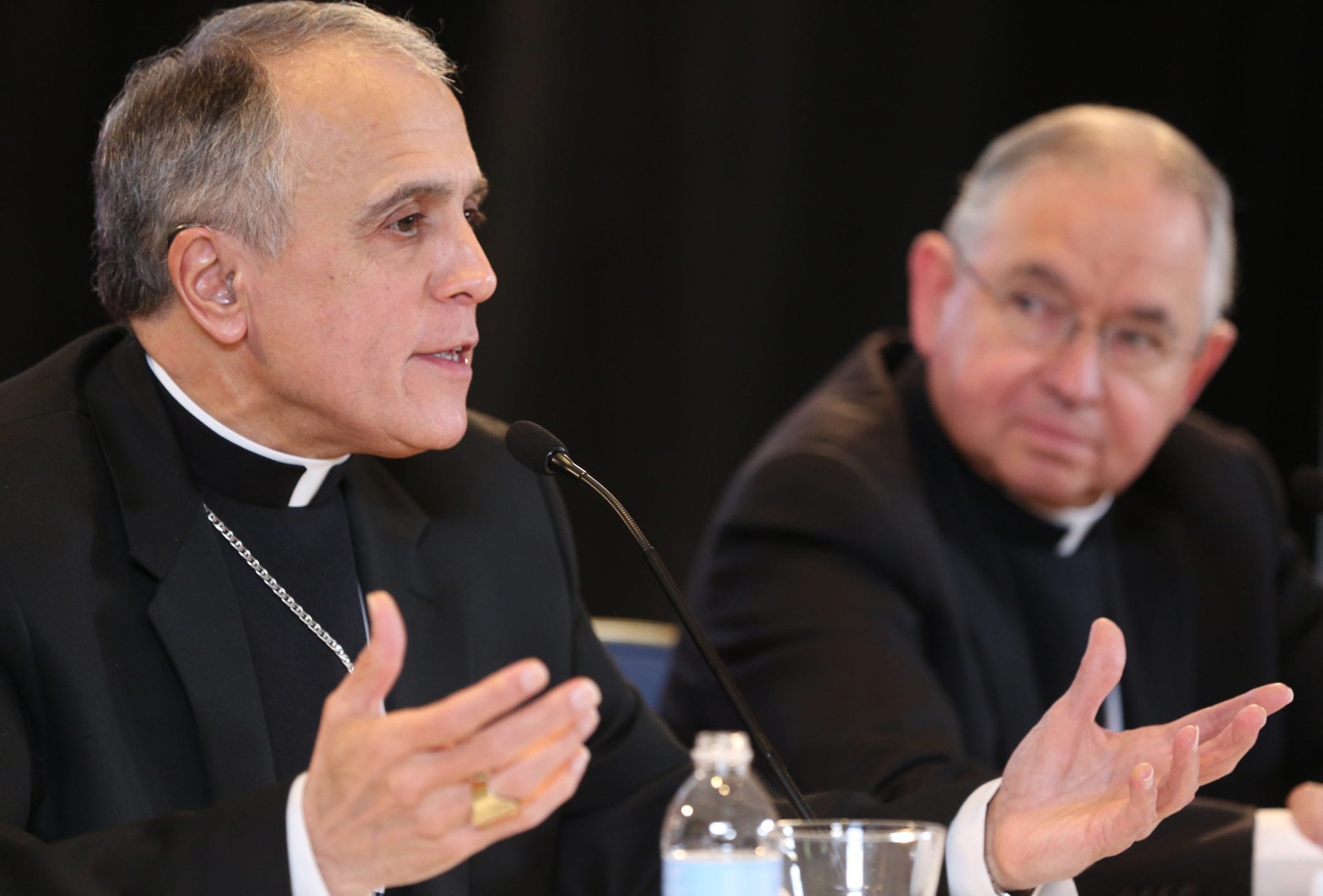
Gathered in Baltimore for the yearly fall general assembly, the bishops elected their new leadership on November 15, a week after the national elections. DiNardo was a safe bet, since he’d served as vice-president to incumbent Archbishop Joseph Kurtz of Louisville, Kentucky.
Yet the Mexican-born Gomez wasn’t, to the point that it took three ballots for him to win. Coming on the heels of Trump’s victory, the choice of a prelate who’s passionate about immigrant rights was seen as a powerful statement of priorities by the leadership of the American Catholic church.
It would have been wrong then, however, and is still now, to read the choice of Gomez entirely as an anti-Trump statement.
Seen as a man of strong, yet non-ideological views, the LA prelate is well liked among his peers, many of whom believed he deserved a red hat from Pope Francis as a new cardinal.
Also decisive is that Hispanics make up a third of the bishops’ flock today (50 percent in the under-18 category), and Gomez, a naturalized U.S. citizen for over 20 years, was a way for the bishops to acknowledge their rising importance.
That said, Gomez’s odds clearly grew after November 9, since he’s proven time and time again that he’s a brave advocate in favor of comprehensive immigration reform that takes into consideration the fact that “our system has been broken for so long, our politicians have failed to act for so long, that the people we are now punishing have become our neighbors.”
The bishops’ response to Pulse and gun violence
Catholic leaders decried the June 12 massacre in the gay bar Pulse, at Orlando, where 49 people were killed and 53 others wounded in the deadliest mass shooting by a single gunman in U.S. history.
“Waking up to the unspeakable violence in Orlando reminds us of how precious human life is,” said Kurtz, at the time still president of the USCCB, in a statement released by the conference.
“Our prayers are with the victims, their families and all those affected by this terrible act. The merciful love of Christ calls us to solidarity with the suffering and to ever greater resolve in protecting the life and dignity of every person.”
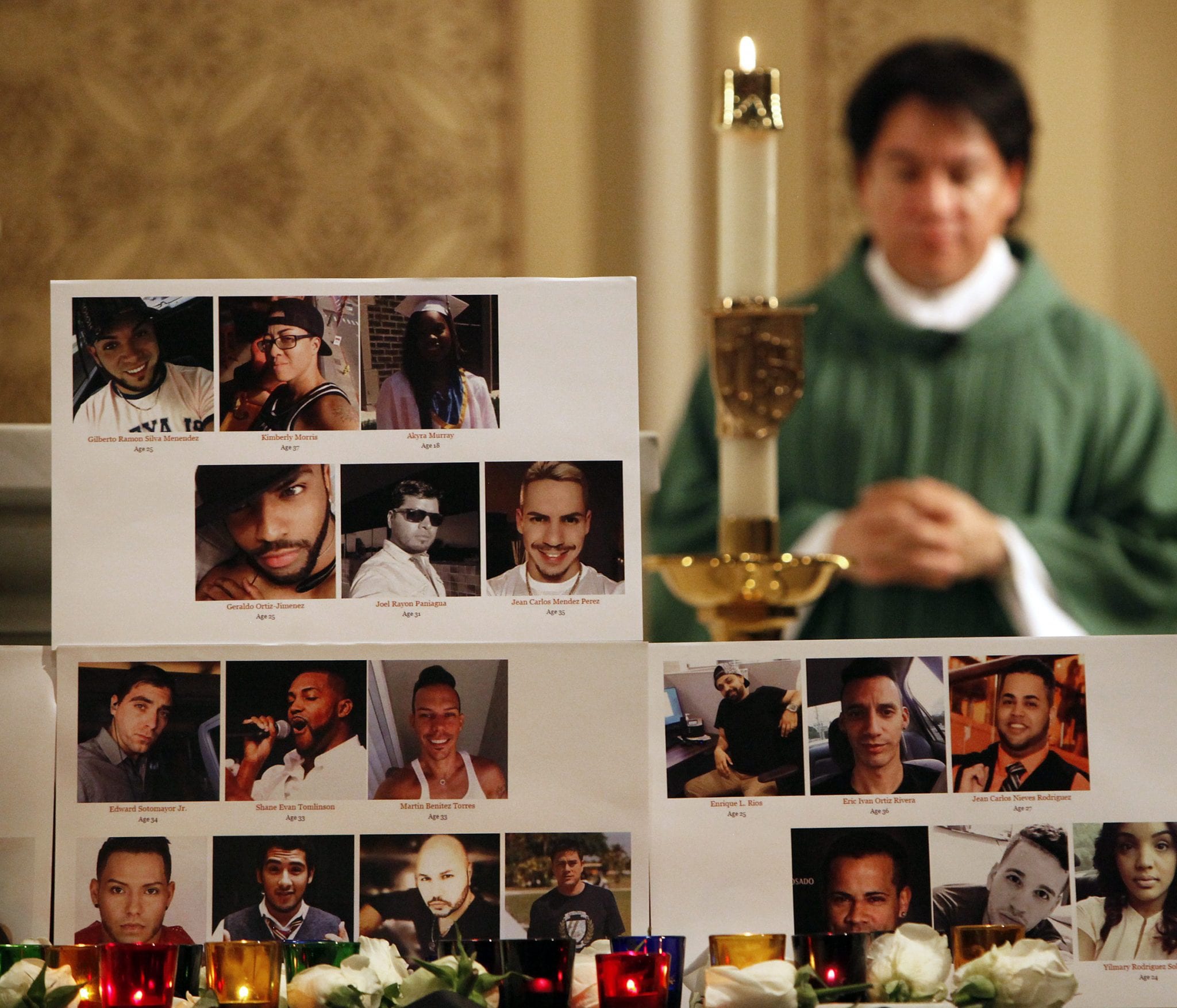
But several bishops produced their own statements in the hours and days following the shooting. All condemned the violence and expressed condolences to the families of the victims, and a handful acknowledged that this horrific event targeted people who were LGBT.
For instance, Bishop Robert Lynch of St. Petersburg, Florida, indirectly linked the shooting to teachings and statements by Catholic leaders.
“Sadly it is religion, including our own, which targets, mostly verbally, and also often breeds contempt for gays, lesbians and transgender people. Attacks today on LGBT men and women often plant the seed of contempt, then hatred, which can ultimately lead to violence.”
But not all agreed.
Archbishop Thomas Wenski, Lynch’s metropolitan archbishop, in his homily kicking off the U.S. bishops’ annual Fortnight for Freedom religious liberty campaign, warned against blaming “a particular religion or religion in general for this atrocity,” arguing that in doing so, truth would become “another casualty in the aftermath of this lone-wolf terrorist attack.”
Throughout the year, all across the United States, Catholic bishops have spoken up against gun violence, in many cases calling for tighter gun controls.
“My hope would be that we would start a public discussion in our families, in our neighborhoods in our churches, our places of work about what we really want as a society,” Cardinal Blase Cupich- then archbishop- of Chicago said in June.
“We can’t continue this way of having so many shootings and murders in our streets … especially these high-powered automatic weapons, these street sweepers as we call them, that gun down people,” he said. “We don’t need that in our streets and it’s time for us to say that and join hands together and get the job done.”
Back in July, in the wake of yet another deadly shooting, this time in Dallas, that left five police officers dead and another six injured, Bishop Kevin Farrell — today cardinal head of a Vatican new mega-office for all things family, laity and life — expressed consolation for the victims and also urged an end to gun violence.
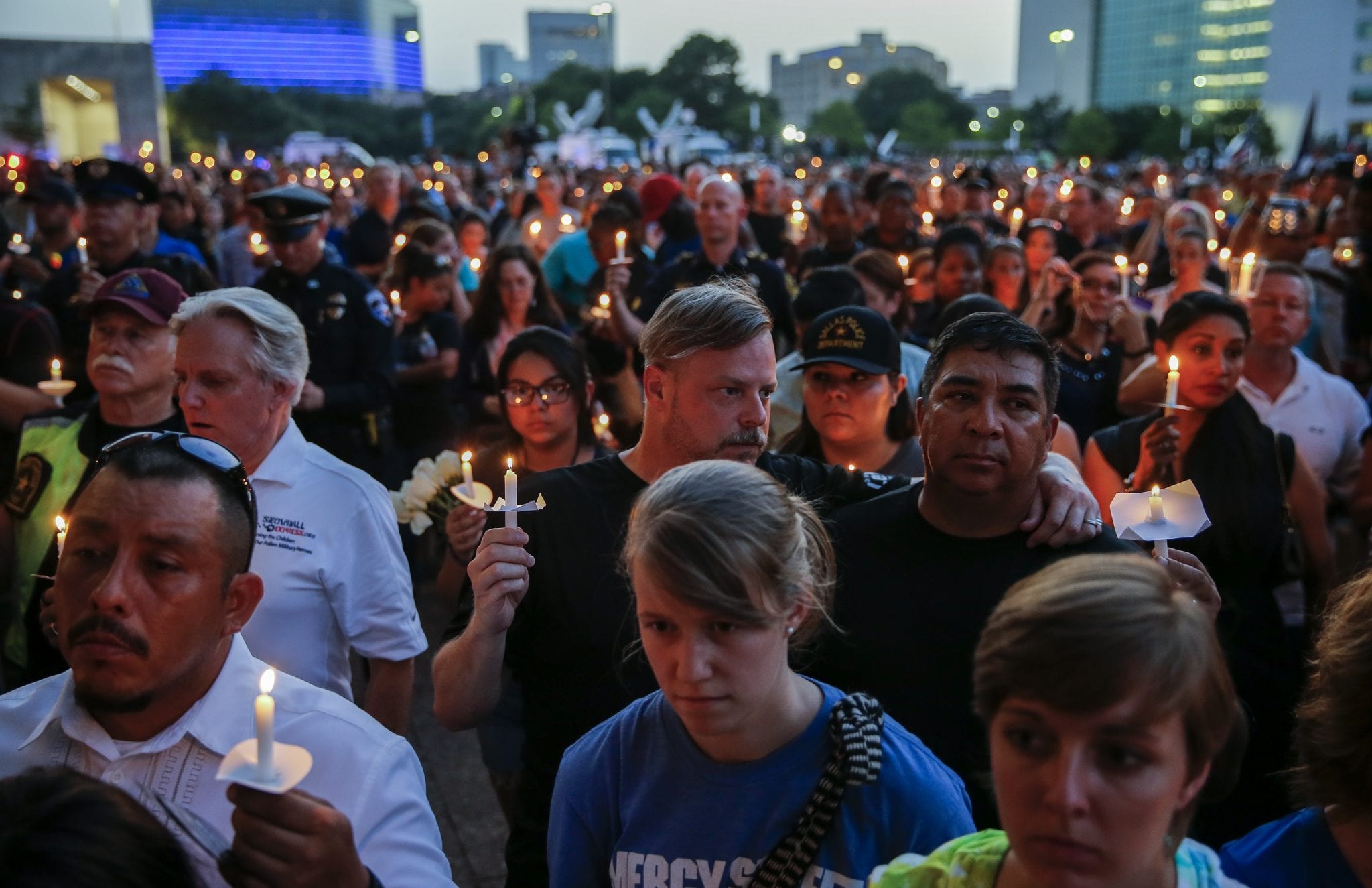
Earlier in the year, responding to the enhanced gun control regulations implemented by the Obama administration and a Texas law which allowed licensed gun owners to display their weapons at public settings, Farrell had released a statement thanking God for President Barack Obama’s courage “to close the loopholes in our pitiful gun control laws to reduce the number of mass shootings, suicides and killings that have become a plague in our country.”
Farrell also announced that guns would be prohibited from diocesan-owned property: “This policy is rooted in the belief that our churches, schools and other places of worship are intended to be sanctuaries – holy sites where people come to pray and participate in the ministry of the Church,” he wrote.
In August, all the bishops of Missouri signed a statement encouraging citizens of good will “not to fall prey to the notion that we are somehow safer as individuals and as a society if everyone is always and everywhere armed.”
Religious Freedom and the Little Sisters of the Poor
Five years ago, the U.S. bishops’ launched the “Fortnight for Freedom,” a two-week campaign organized around July 4, Independence Day, intended to respond to what the bishops saw as an erosion of respect for the freedom of faith-based groups to be able to be both true to their religious beliefs and also active participants in national life.
That effort took on special relevance in 2016, as a court battle pitting the White House against the Little Sisters of the Poor over the mandates for contraception coverage imposed by the Obama administration as part of health care reform reached the Supreme Court.
In effect, the court, by that stage already without late Justice Antonin Scalia, decided not to decide, asking both parties to file additional briefs in what was widely read as a plea for a compromise solution.
Such requests are extremely rare, and may have reflected a desire by the justices not to end up with a split 4-4 decision. In the meantime, the court effectively suspended enforcement of the fines and other sanctions envisioned for failure to comply with the mandates.
In an August interview with Crux, Sister Constance Veit, the spokesperson for the Little Sisters of the Poor, acknowledged there have been times since the long fight over the mandates began that she wondered if her order’s legacy compels them to continue the fight.
“We have this history going back to the very beginnings of our congregation of dealing with situations of religious intolerance. Among communities of religious women in the United States, we have a longer history than many of them, a deeper and more international history, and it’s in our DNA,” she said.
“So, I said this is just my turn to step up. I’ve been going on that ever since.”
Since Trump vowed on the campaign trail to repeal some, if not all, of the Affordable Care Act, and to respect religious freedom, attorneys for the Little Sisters are cautiously optimistic that the issue will be resolved soon after the new administration takes office.
The Little Sisters of the Poor is just one group involved in the case of Zubik v. Burwell, which also involves Priests for Life, the Pennsylvania dioceses of Pittsburgh and Erie, and the Archdiocese of Washington and other religious groups who did not fit a narrow exemption given to churches.








